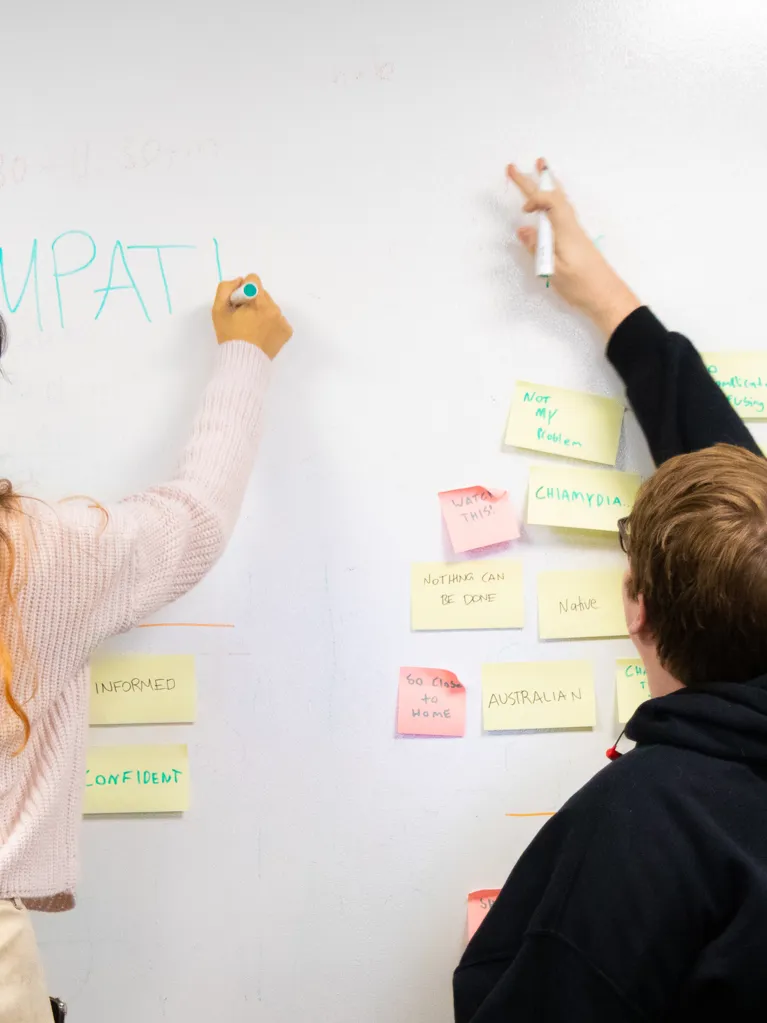Innovation is at the heart of every product and service that we use in our daily lives, but what you might not know is that behind every innovator is a Human Centered way of thinking that is ensuring every design is a problem solved.
We’ve all heard the age old phrase “try before you buy”. It gave consumers the chance to take advantage of ‘free trial’ periods on our favourite streaming services, sample sachets and the option to exchange our unwanted Christmas presents. Designers decided to adopt this way of thinking during the late 90’s and move away from a technological and logistical way of designing products with the introduction of Human Centered Design. Empowering teams to design products, services, systems and experiences that addressed the core needs of the users themselves, what was once seen as a “nice to have” element in design has now become most essential towards delivering a successful problem solving innovation.
What ended up triggering a surge in businesses and digital platforms adopting this evolved design thinking was the failure rate of digital innovation projects. Nick Gower, the Co-Founder of Design Studio Future Friendly, knows that “huge amounts of money goes into innovation change projects and digital services, and a shockingly high percentage of them don’t survive, the projects that succeeded tended to be the ones that had the closest involvement of the customer”. Once companies started to realize how invaluable creating with the human experience in mind was, the domino effect began and the notion of traditional design was challenged.
Embracing Prioritisation
As Human-Centered Design became recognized as the most beneficial design thinking lens, businesses were experiencing benefits in twofold, both for the customer who would purchase a product or service and for the organization and business themselves. One of the key factors differentiating the success or failure of human-centered design became prioritizing the user experience. What better way to help a business understand what it is they should do, and most importantly what they shouldn’t do!
From start to finish, the human element of each product or service design needed to become apparent rather than only inserting the user experience in the research stage of a product or service’s inception. Nick Gower sees this approach as an effort to redefine the process of creation. Centering on the user experience has allowed for the “rapid generation of prototypes so that a customer can experience a new service that a business wanted to offer days after they’ve decided to design it, not weeks, months or in some cases years, then repeating that process over and over again until its launch.” Beyond that, it’s given businesses a chance to consider the diversity of users and generate numerous prototypes and designs that are inclusive of all humans, moving away from the standardized approach of designing and testing products and services.
Technology is moving fast and society is changing with it. If you’re passionate about all things visual and the impact design has on people and culture, JMC’s Visual Communication course may be the right fit for you.
Providing you with the tools and skills you need to create innovative solutions in an ever-evolving world of interactive media, you can become a part of the solution. You’ll discover the true power of visual communication and storytelling, learn the processes behind creative problem solving, and explore ways to create better experiences for people in physical, digital and virtual spaces.





